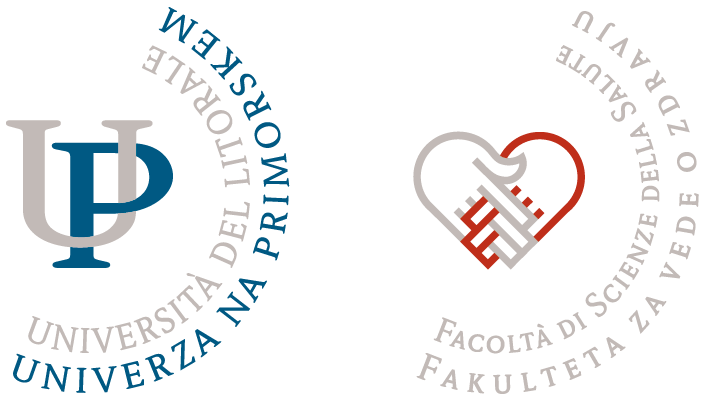Content
- Lectures: 60 hours
- Independent work: 120 hours
Subject carrier
Description
1. Cell structure, cellular respiration and intake of energy by cellular metabolism of carbohydrates, fats and proteins.
2. Bone structure, calcium metabolism and calcium homeostasis, pathophysiology of osteoporosis, osteomalacia, rickets.
3. Different types of muscular tissue, structure of the striated muscle fibre and contraction mechanism, energy necessary for muscle contraction, electrophysiology and contractibility of smooth muscle cells, peristalsis and its disorders.
4. Basic structure of the nervous system, neuromuscular junction, malfunction of hunger and satiety centres, starvation, anorexia.
5. Metabolism of fats in different biological systems, pathophysiology of obesity, hypercholesterolemia.
6. Thermoregulation.
7. Metabolism of water and electrolytes in the human body, endocrine control of water and electrolyte levels, pathophysiology of dehydration and edema.
8. Vitamins, minerals and trace elements, their importance for the origin of some anemia, coagulopathy disorders, wound healing.
9. Structure and normal function of the gastrointestinal tract (GIT) and function of the alimentary tract in different disease processes:
a) Enteric nervous system and enteric endocrine system as GIT control,
b) Mechanisms of the origin and pathophysiology of diseases of the upper GIT: gastritis, peptic ulcer,
c) Pathophysiology of intestinal diseases: motility disorders, malabsorption syndrome and coeliac disease, Chron’s disease, ulcerative colitis,
d) Basic liver structure and function, pathophysiology of alcohol hepatotoxicity, liver cirrhosis, gallstones,
e) Normal exocrine and endocrine pancreatic function, pathophysiology of diabetes, pancreatitis,
f) Pathophysiology of constipation, vomiting and diarrhea.

